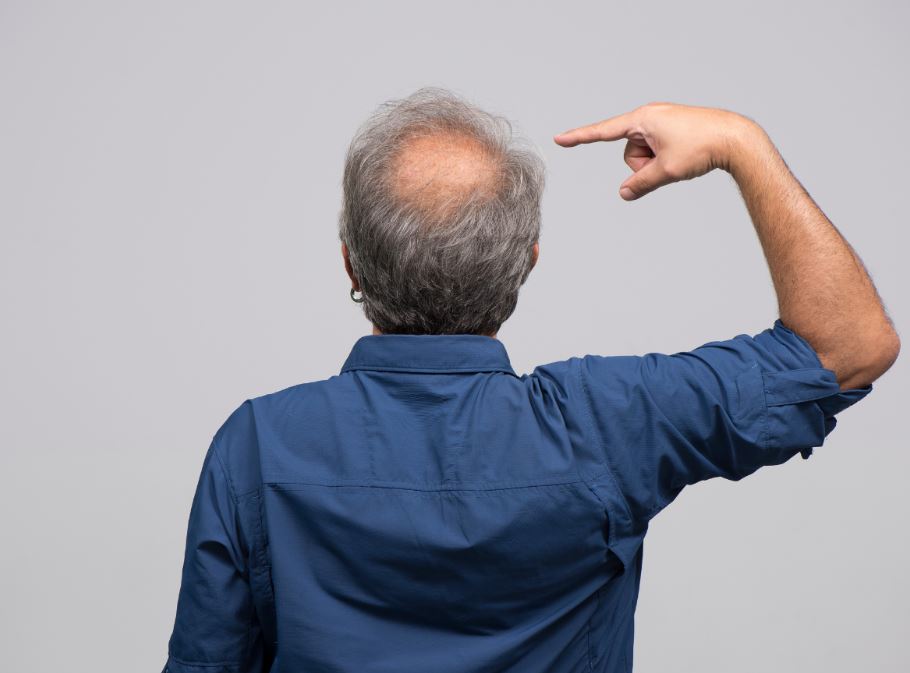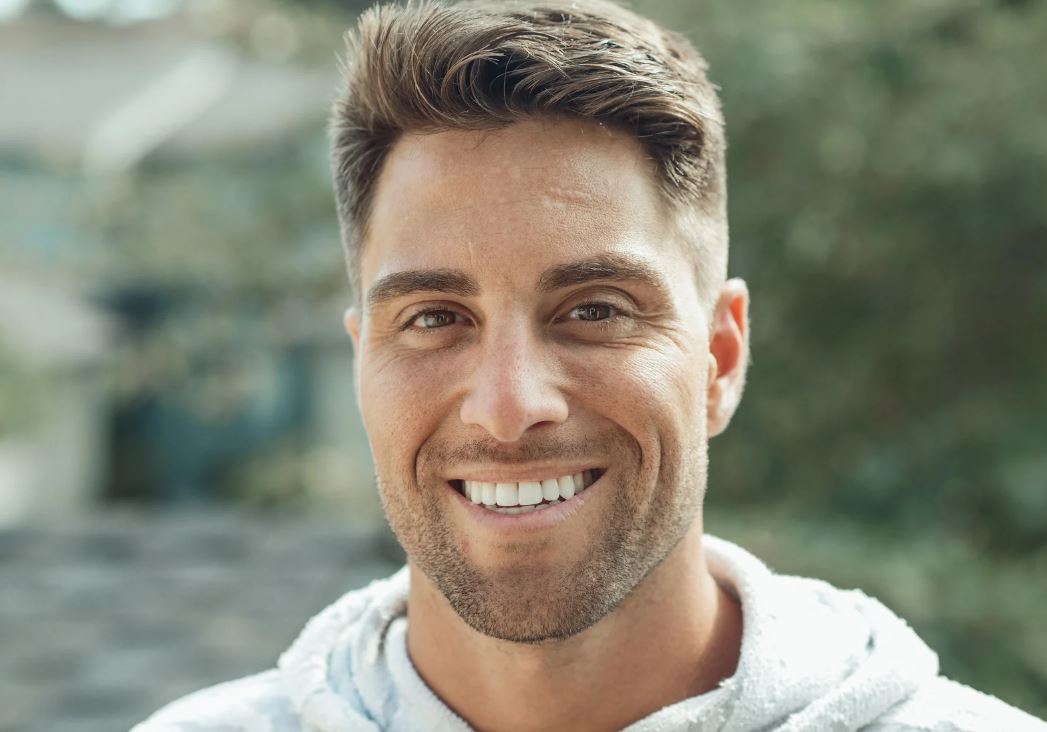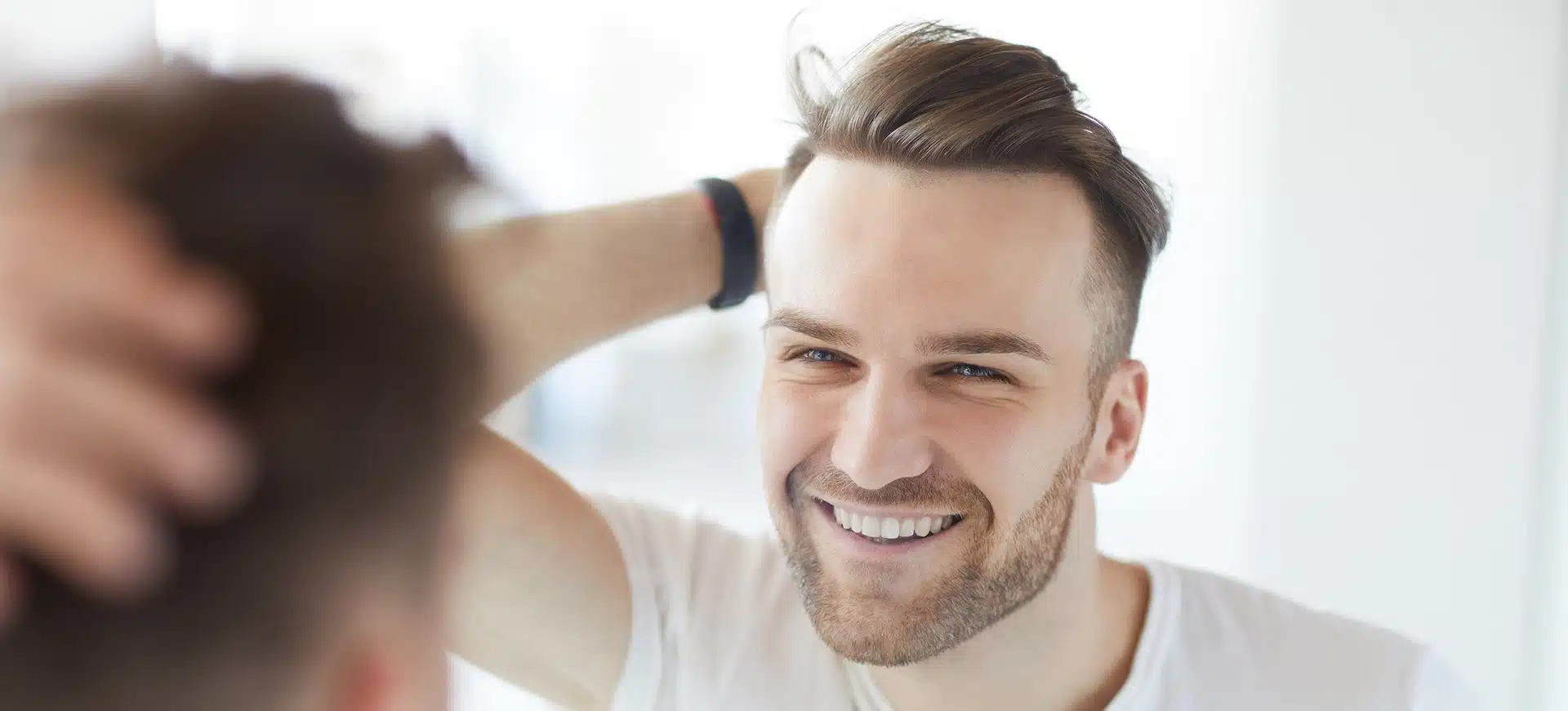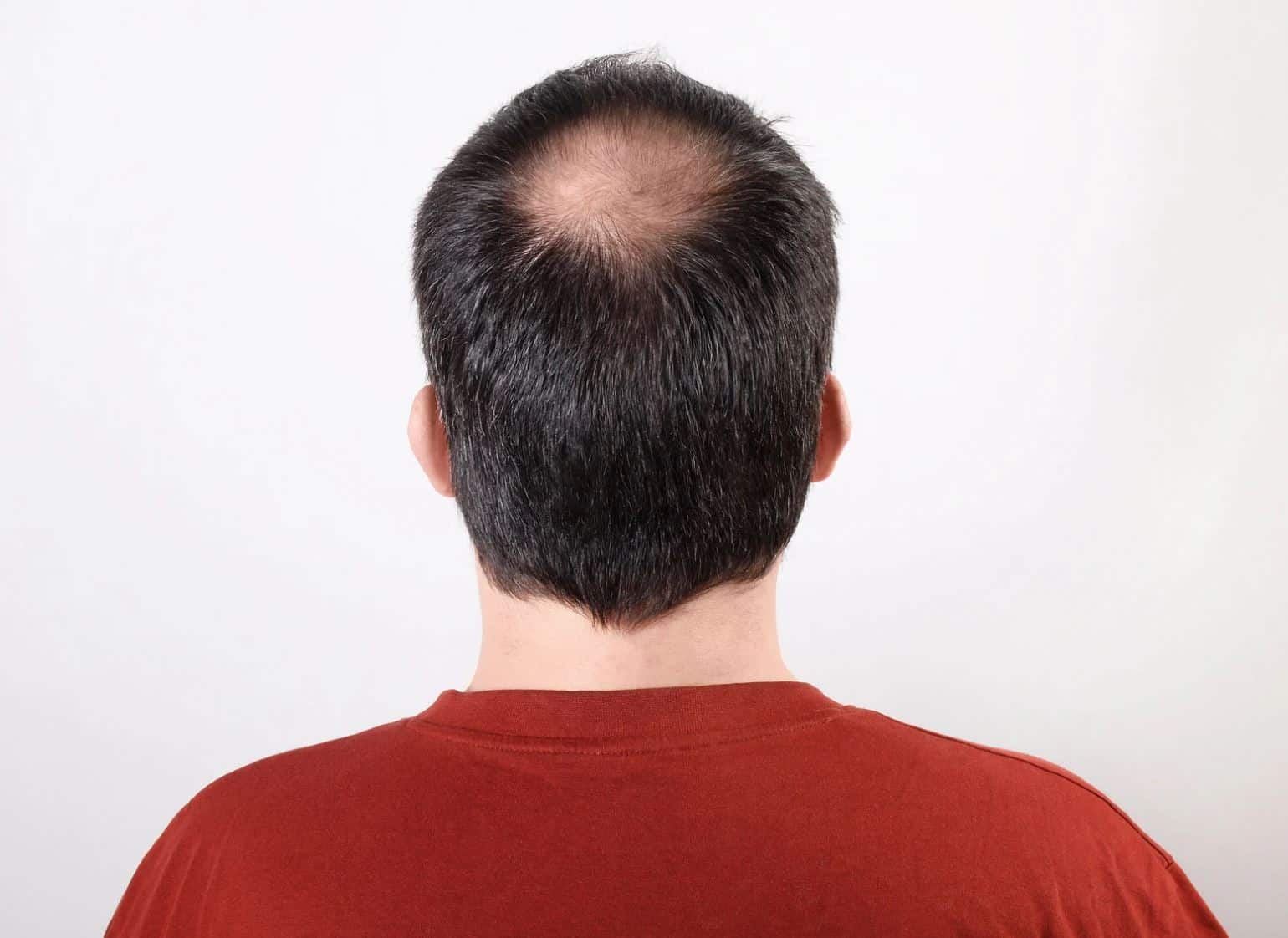Pattern hair loss or androgenic alopecia is the most common type of hair loss in the US, affecting more than 50 million men and 30 million women. In men, pattern baldness is characterized by receding hairlines and bald spots around the scalp. It usually begins at the top of the temples and over time, the hairline recedes forming the familiar “M” shape commonly observed in balding men. In women, pattern hair loss is characterized by thinning hair along the crown of the scalp.
While most people turn to hair transplant surgery to permanently restore their hair, it requires a lot of commitment, daily attention, and long recovery times from patients. Fortunately, you can stop and/or stabilize your hair loss without going through surgery through FDA-approved hair loss medications offered at Shapiro Medical Group.

What Causes Pattern Hair Loss?
While there are many potential reasons for hair loss, dihydrotestosterone (DHT) is believed to be the most significant reason for pattern baldness. DHT is an androgen derived from testosterone that contributes to the development of male characteristics such as a deep voice and increased body hair and mass.
However, DHT also causes hair follicles to shrink, leading to thinner hair and premature hair loss. Men and women with androgenic alopecia tend to have increased levels of DHT. It’s linked to both your natural and genetic predisposition and other factors that result in hair loss as you age.
Hair Loss Medications Available at Shapiro Medical Group
Luckily, there are FDA-approved hair loss medications you can get at Shapiro Medical to slow down or stabilize your hair loss. However, it’s only for Dr. Shapiro to tell which medication you will most benefit from or if a hair transplant is the better option.
1. Propecia (Generic Name: Finasteride)
Propecia is an oral tablet taken daily and is the most effective of all hair loss medications available to patients. It works by blocking the conversion of testosterone to dihydrotestosterone (DHT) and decreases levels of DHT by about 65 %.
It has shown impressive effects in both stopping or slowing further hair loss, as well as producing re-growth. Five-year results showed over 85% of men stabilized or improved.
2. Rogaine (Generic Name: Minoxidil)
Rogaine is a topical hair loss medication approved by the FDA for both men and women. It is currently available as a 2% liquid, 5% liquid, and 5% foam. It works by prolonging the anagen phase of your hair.
The anagen phase is the active and longest phase of the hair where the cells in the root of the hair are rapidly dividing. By prolonging the anagen phase of your hair, Rogain can slow down and prevent premature hair loss.
Oral Minoxidil is also available for patients who prefer the pill’s convenience.
3. Low-Level Laser Therapy (LLLT)
Low-Level Laser Therapy is a relatively new treatment for hair loss and it’s become very popular over the years. It works by irradiating infrared energy into scalp tissues. The tissues absorb the light energy and encourage hair regrowth.
What patients love about LLLT is that it can be done at home with usually a helmet device or cap to deliver the treatment. It makes it very convenient for people who are always on the go.
LLLT is safe, painless, and noninvasive with no known side effects.
Are Hair Loss Medications for You?
The best way to know whether hair loss medications like Propecia or Rogaine are right for you is to schedule a consultation with Dr. Shapiro and his team.
Shapiro Medical Group is your foremost provider of hair restoration procedures in Minnesota including FUE and FUE surgery, scalp micropigmentation, PRP/ACell, and medical therapy for hair loss. We serve patients in Minneapolis and surrounding areas including Golden Valley, Columbia Heights, Roseville, Richfield, and the greater Minnesota area.



